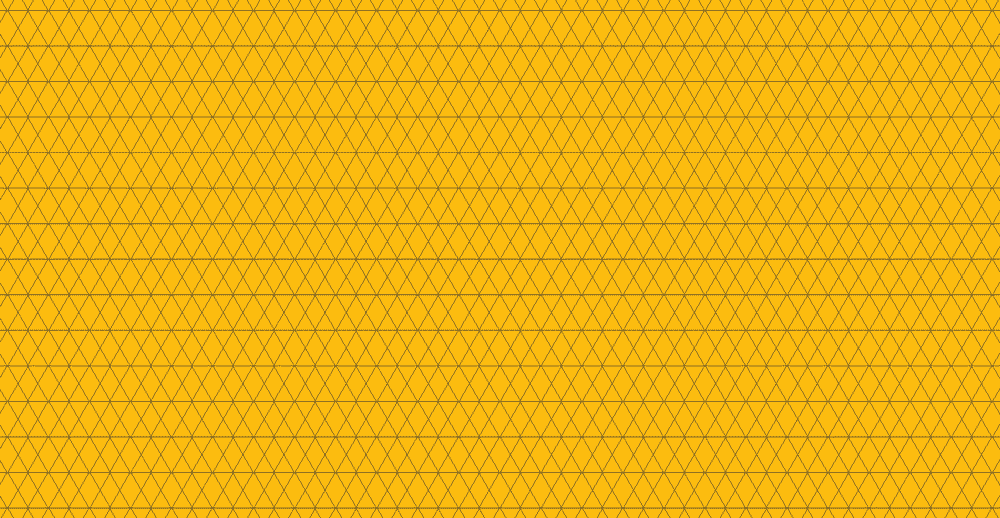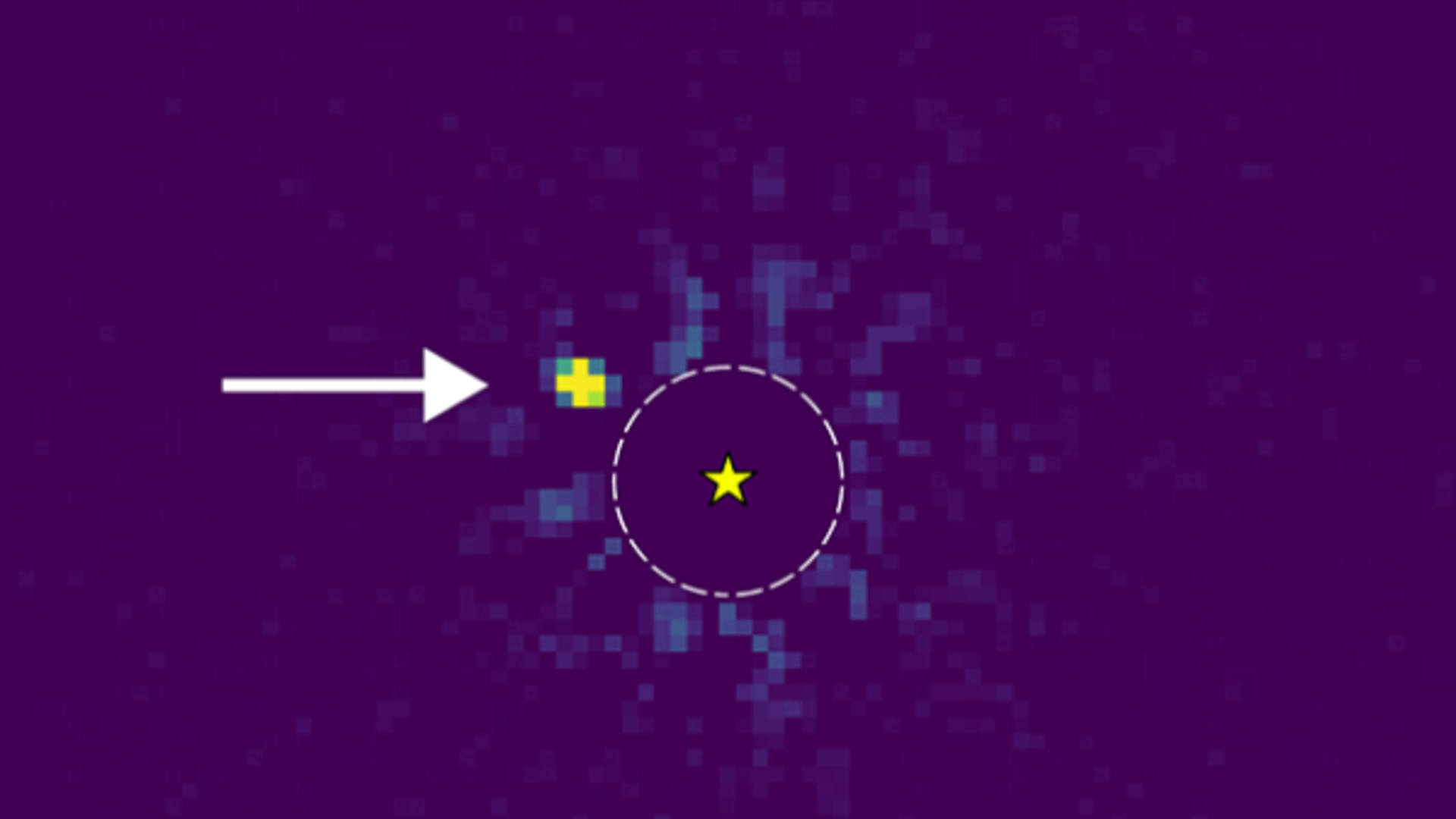Exotic new state of matter discovered by squishing subatomic particles into an ultradense crystal
By shining a strong beam of light through two chemical compounds, scientists discovered a unique new state of matter made of particles called excitons.

Physicists have discovered an exotic new state of matter that takes the form of a highly ordered crystal of subatomic particles. The new state of matter, called a "bosonic correlated insulator," could lead to the discovery of many new types of exotic materials made from condensed matter, according to the researchers, who detailed their results in a study published May 11 in the journal Science.
Subatomic particles can be separated into two categories: fermions and bosons. The primary differences between the two are how they spin and how they interact with each other.
Fermions, such as electrons and protons, are often thought of as the building blocks of matter because they make up atoms, and are characterized by their half-integer spin. Two identical fermions cannot occupy the same space at the same time.
Bosons, on the other hand, carry force — such as photons, or packets of light — and are thought to be the glue of the universe, tying together the fundamental forces of nature. These particles have whole-integer spins, and multiple bosons can be in the same place at the same time.
Related: What is quantum entanglement?
"Bosons can occupy the same energy level; fermions don't like to stay together," study lead author Chenhao Jin, a condensed-matter physicist at the University of California, Santa Barbara, said in a statement. "Together, these behaviors construct the universe as we know it."
But there is a case in which two fermions can become a boson: If a negatively charged electron is secured to a positively charged "hole" in a different fermion, it forms a bosonic particle known as an "exciton."
Breaking space news, the latest updates on rocket launches, skywatching events and more!
To see how excitons interact with one another, the researchers layered a lattice of tungsten disulfide atop a similar lattice of tungsten diselenide in an overlapping pattern called a moiré. Then, they shined a strong beam of light through the lattices — a method known as "pump-probe spectroscopy." These conditions pushed the excitons together until they were so densely packed that they could no longer move, creating a new symmetrical crystalline state with a neutral charge — a bosonic correlated insulator.
"Conventionally, people have spent most of their efforts to understand what happens when you put many fermions together," Jin said. "The main thrust of our work is that we basically made a new material out of interacting bosons."
The researchers said this is the first time this new state of matter has been created in a "real" matter system, as opposed to synthetic systems, thus providing new insight into the behavior of bosons. Moreover, the methods the team used to discover this new state of matter could help scientists create additional new types of bosonic materials.
"We know that some materials have very bizarre properties," Jin said. "And one goal of condensed matter physics is to understand why they have these rich properties and find ways to make these behaviors come out more reliably."
This story was originally posted on Live Science.

Space.com is the premier source of space exploration, innovation and astronomy news, chronicling (and celebrating) humanity's ongoing expansion across the final frontier. Originally founded in 1999, Space.com is, and always has been, the passion of writers and editors who are space fans and also trained journalists. Our current news team consists of Editor-in-Chief Tariq Malik; Editor Hanneke Weitering, Senior Space Writer Mike Wall; Senior Writer Meghan Bartels; Senior Writer Chelsea Gohd, Senior Writer Tereza Pultarova and Staff Writer Alexander Cox, focusing on e-commerce. Senior Producer Steve Spaleta oversees our space videos, with Diana Whitcroft as our Social Media Editor.

